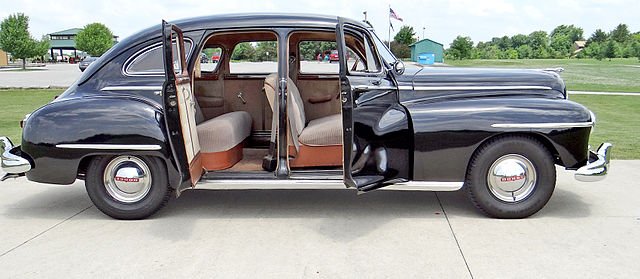Suicide Doors: A Stylish Throwback or a Risky Choice? Exploring the History and Modern Existence

Suicide doors, also known as “coach doors” or “rear-hinged doors,” are a type of car door design that opens in a manner opposite to the conventional front-hinged doors. Rather than opening towards the front of the vehicle, suicide doors open towards the rear, creating a larger opening that provides easier access to the rear seats.
The origin of the term “suicide doors” is not entirely clear, but it is believed to have stemmed from safety concerns. In the early days of automobile production, these doors were considered more dangerous because they could potentially open while the vehicle was in motion, leading to accidents or injuries. Additionally, if passengers accidentally opened the door while the vehicle was moving, it could pose a significant risk.
Despite the safety concerns associated with suicide doors, they were popular in certain car designs due to their aesthetic appeal and functionality. They were commonly seen in luxury vehicles and classic cars, adding a touch of elegance and making it easier for passengers to enter and exit the vehicle, particularly in the rear.
In recent years, suicide doors have made a comeback in the automotive industry. Some automakers have reintroduced this door design in certain models to create a unique and nostalgic look. However, modern suicide doors often incorporate additional safety features to mitigate the risks associated with the earlier designs.
For example, many modern cars with suicide doors have advanced safety mechanisms that prevent the doors from opening while the vehicle is in motion. These systems utilize sensors, latches, and electronic controls to ensure that the doors remain securely closed when the vehicle is on the move. Moreover, safety regulations and crash testing standards have become more stringent over time, requiring car manufacturers to design and engineer vehicles with improved safety features.
While suicide doors are still present in some current car models, they remain relatively uncommon compared to traditional front-hinged doors. Their usage tends to be limited to specific vehicle types, such as certain luxury sedans or high-end SUVs. Ultimately, the decision to include suicide doors in a car’s design depends on factors such as market demand, stylistic preferences, and the manufacturer’s overall vision for the vehicle.
picture courtesy: Google/images are subject to copyright













